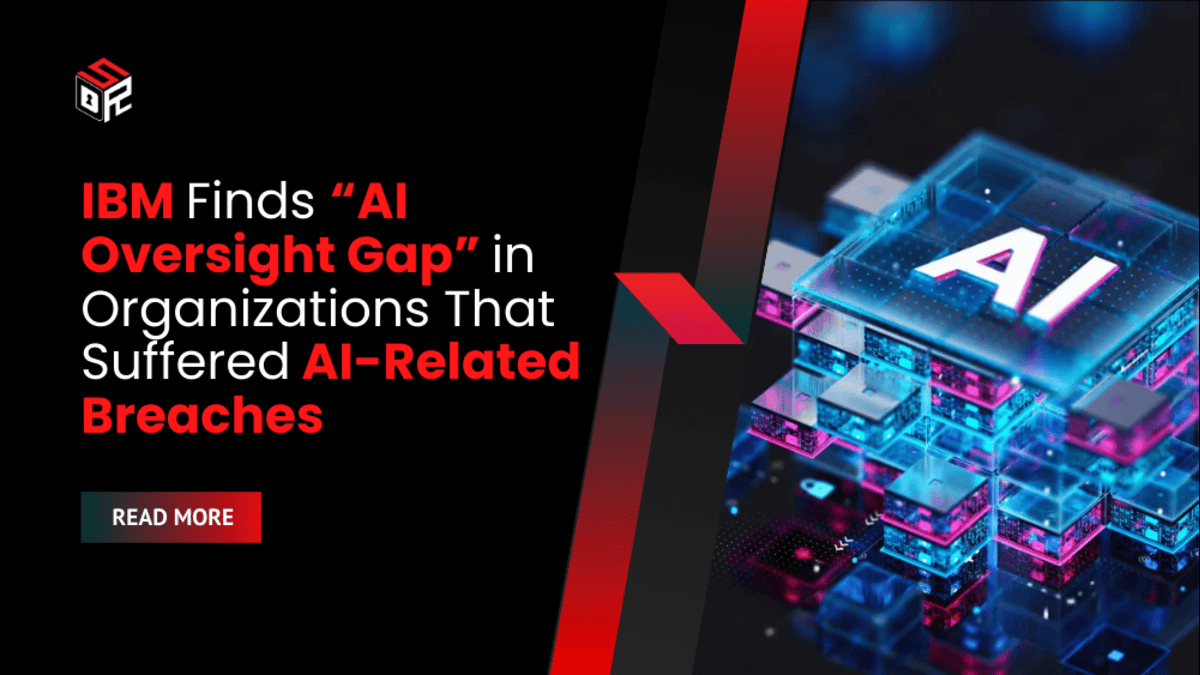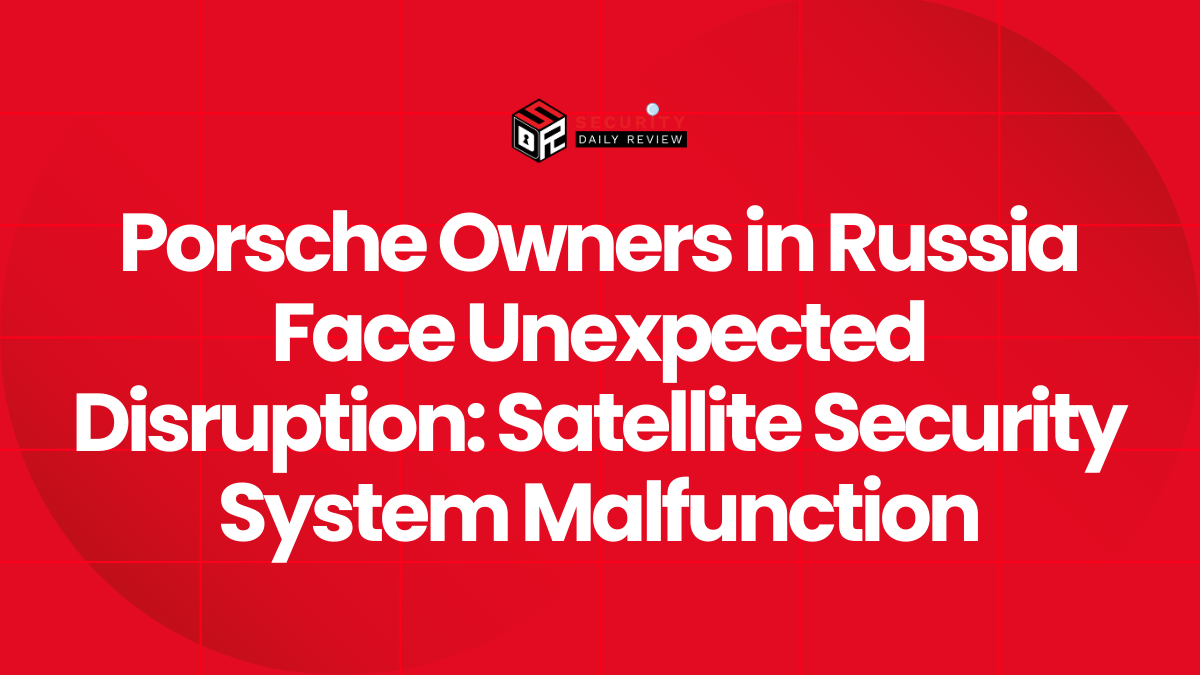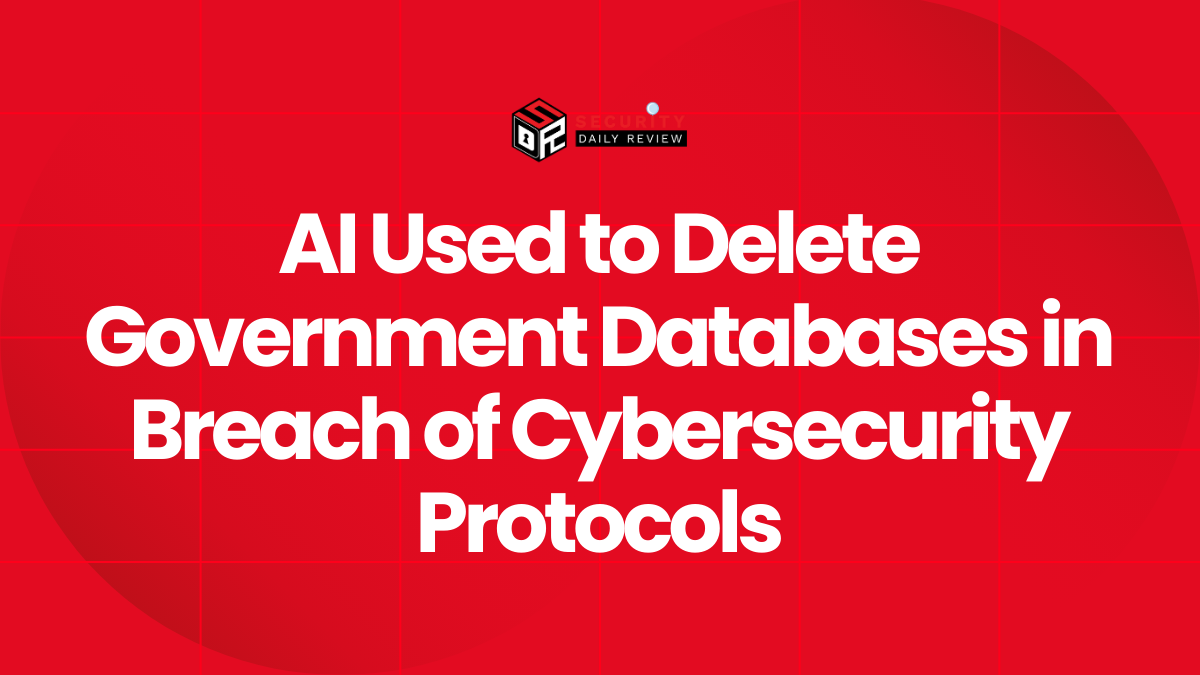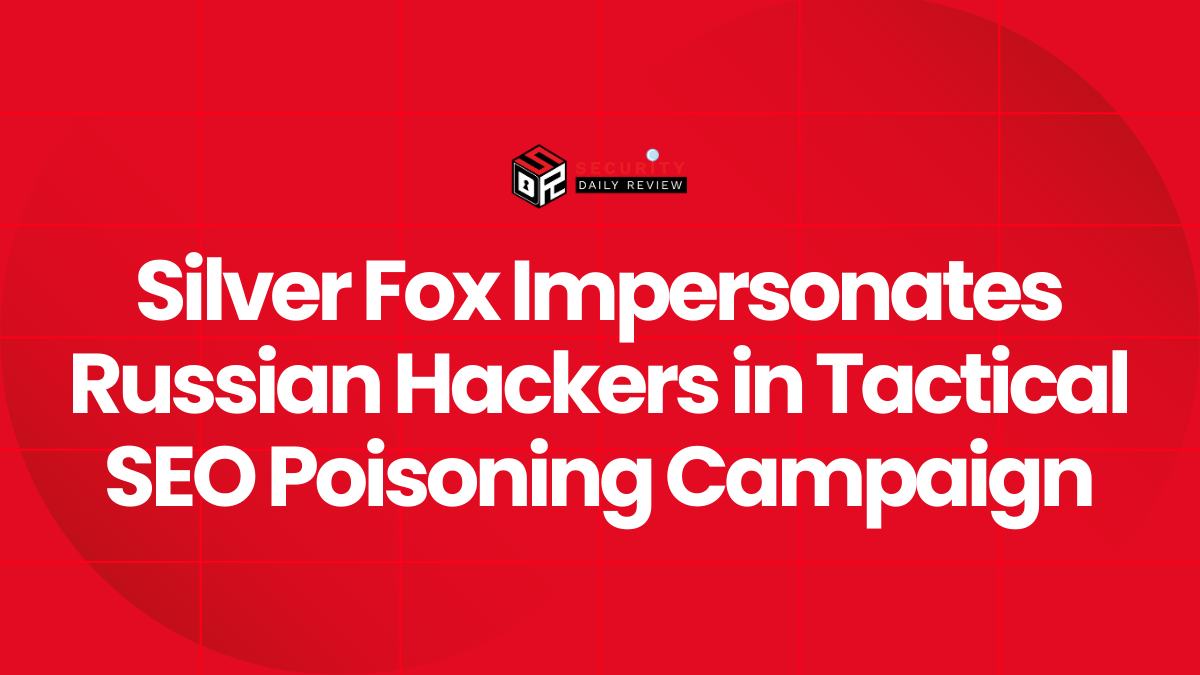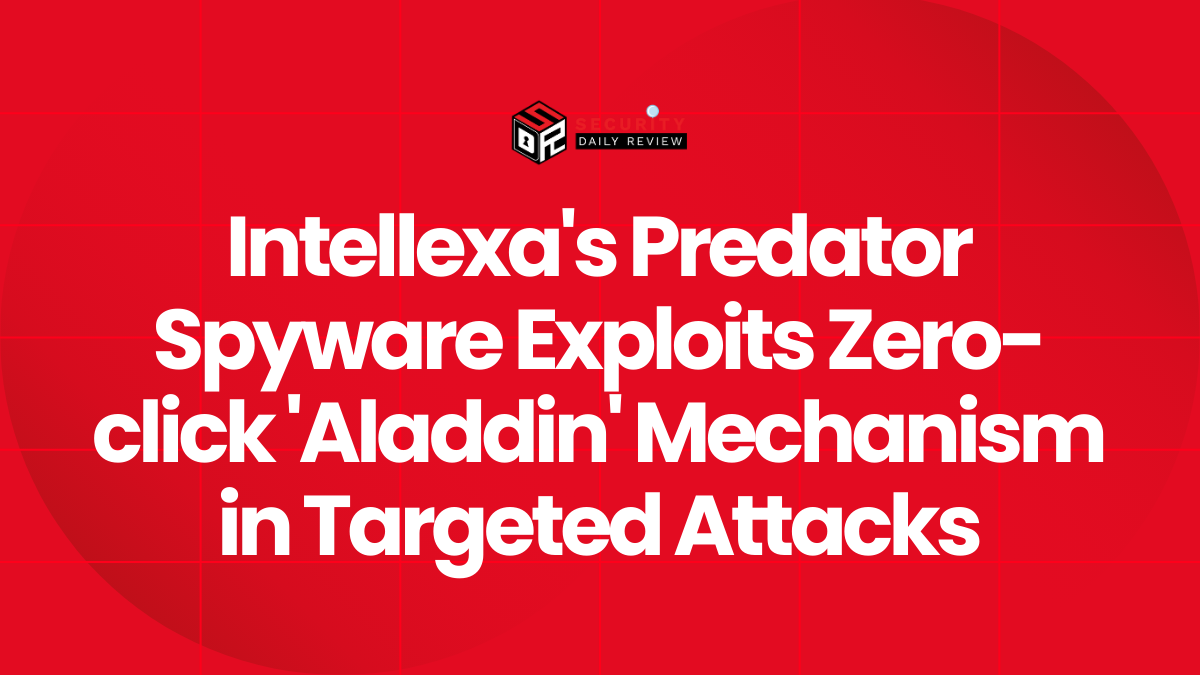IBM’s latest findings point to a stark shortfall in AI governance among companies that have already been hit by data breaches. In a headline metric the vendor calls alarming, 97% of organizations that experienced an AI-related security incident reported they did not have proper AI access controls in place.
The data comes from IBM’s Cost of a Data Breach Report, released in late July. The report highlights what IBM describes as an AI oversight gap — a set of governance and control failures that raise both the cost and scope of security incidents when AI is in play.
Key Findings from IBM’s Report and Financial Impact
IBM found that 63% of surveyed organizations had no formal AI governance policies. That lack of rules and oversight correlates with measurable financial harm. IBM reported that companies with high levels of so-called “shadow AI” — employees using unapproved AI tools — paid an average $670,000 more per breach than peers with lower shadow-AI exposure.
“This AI oversight gap is carrying heavy financial and operational costs,” IBM said in summary material distributed with the report. AI-related security incidents, the company notes, often lead to wider data compromise and operational disruption. Disruptions can affect order processing, customer service functions, and supply-chain operations — in other words, the business processes that keep revenue flowing.
There is a silver lining in the broader breach numbers. For the first time in five years, IBM recorded a fall in average global breach costs: from $4.88 million to $4.44 million, a 9% drop. IBM attributes the reduction mainly to faster detection and containment driven by defensive AI tools. The mean time to identify and contain a breach fell to 241 days, the shortest interval the report has measured in nine years.
Shadow AI, Agentic Systems, and the Governance Challenge
Part of the problem is that many organisations are adopting AI before they finish the legal and policy work needed to manage it. IBM’s data shows that when staff download or use internet-based AI tools without central approval, security teams lose visibility and control.
Industry trackers see a fast adoption curve for defensive AI. PYMNTS Intelligence reported a jump in chief operating officers saying their firms had implemented AI-powered security measures — from 17% in May of the prior year to 55% by August. Those systems can spot anomalies and flag fraud faster than traditional signatures or rule sets.
But the rise of agentic AI — systems that can act autonomously — complicates matters. Agentic tools can act without constant human oversight, and that raises hard governance questions. Who is responsible if an autonomous agent wrongly shuts a critical system down? What liability exists if an AI fails to detect or misclassifies a real attack?
“This isn’t a technical upgrade; it’s a governance revolution,” Kathryn McCall, chief legal and compliance officer at Trustly, commented in an industry interview earlier this year. The quote captures the shift: deploying AI safely, enterprises are learning, is as much about policy, accountability and audit trails as it is about model performance.
Operational Consequences and What Organizations Are Tracking
IBM’s report flags several operational impacts that follow AI-related breaches. Beyond direct data loss, incidents often:
- Cause broad data exposure across systems that AI tools touch;
- Interrupt processing streams such as orders and shipments;
- Increase the time and complexity of incident response due to model- and data-related dependencies.
Security teams are also taking notice of cost multipliers. A breach that involves uncontrolled AI usage or weak AI access controls typically demands longer forensic investigations. That increases legal, consulting and remediation bills — adding to the headline breach figure.
At the same time, organisations that pair AI-powered detection with strong governance and access controls report faster containment times. IBM’s analysis suggests the defensive benefits of AI are real, but only when the technology is governed and integrated correctly into existing security operations.
Takeaways for Enterprise Security Teams
IBM’s research frames AI risk as a governance problem as much as a technical one. The report’s data suggests a two-part reality:
- Defensive AI can materially reduce detection and containment times when implemented under strict controls.
- Unregulated AI use — shadow AI and weak access policies — materially raises breach costs and enlarges the blast radius when incidents occur.
Enterprises assessing their cyber posture should therefore track both sides of that coin: how AI helps defenders and how lax controls turn it into an attack multiplier. Until governance catches up with adoption, IBM’s data argues, the AI oversight gap will continue to show up on breach reports and expense sheets.

